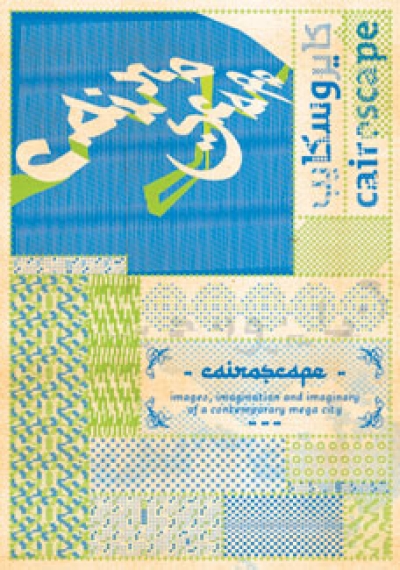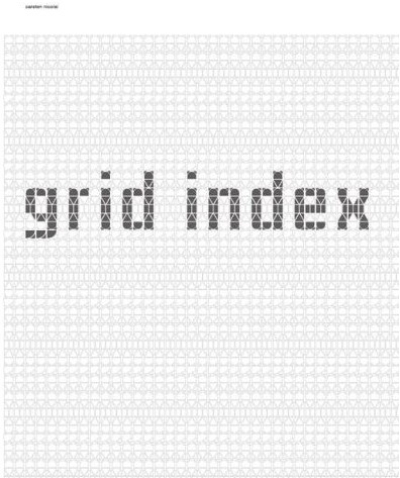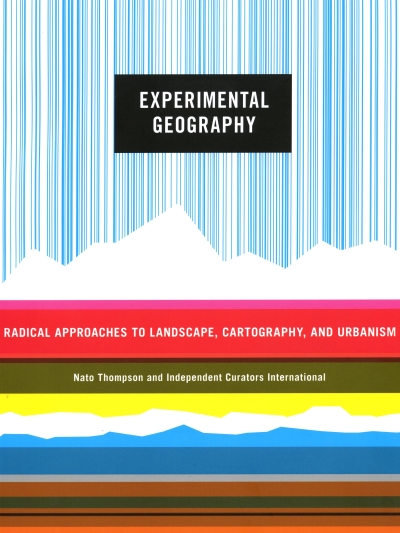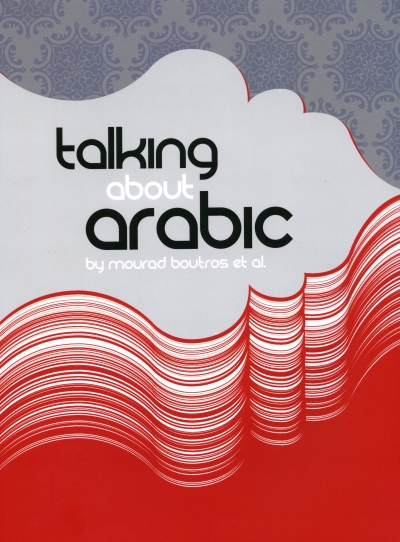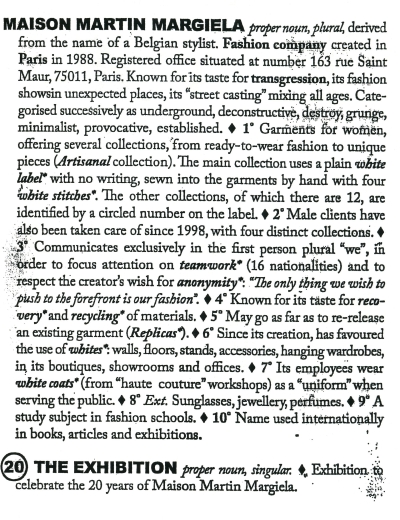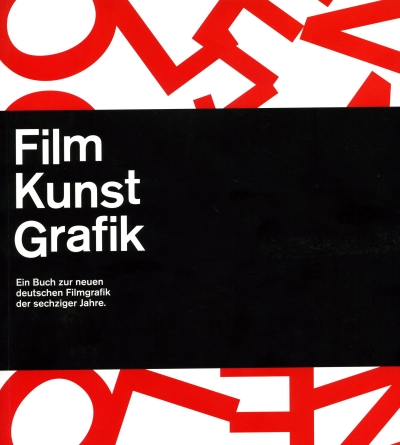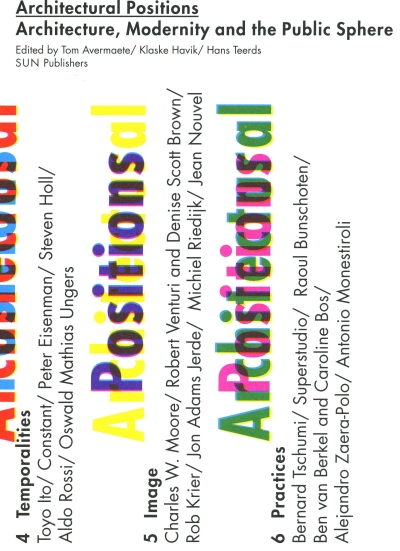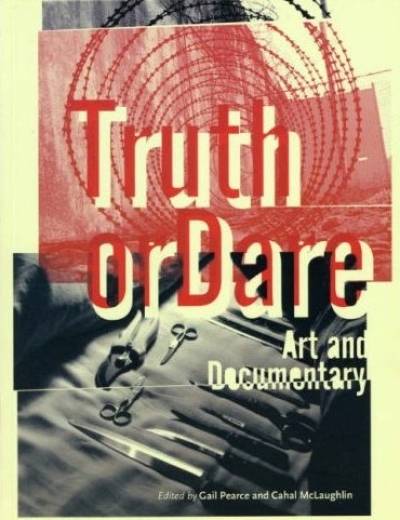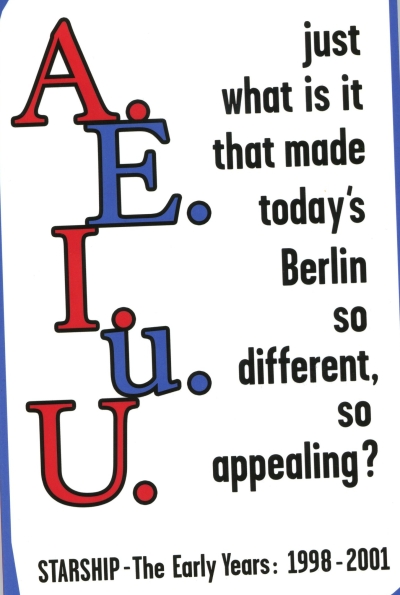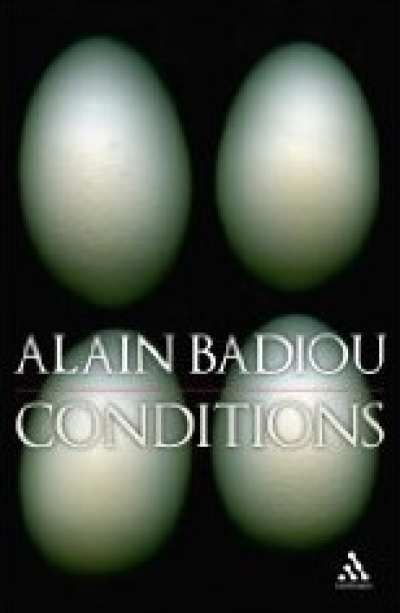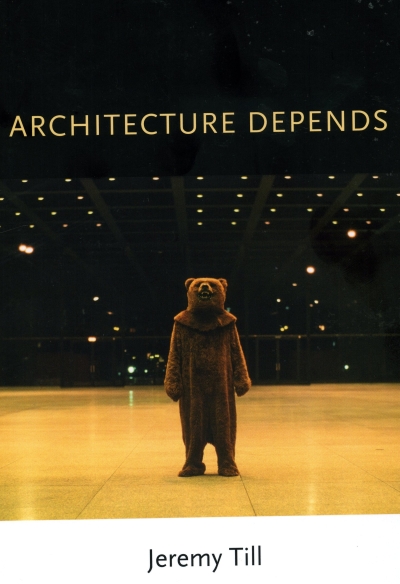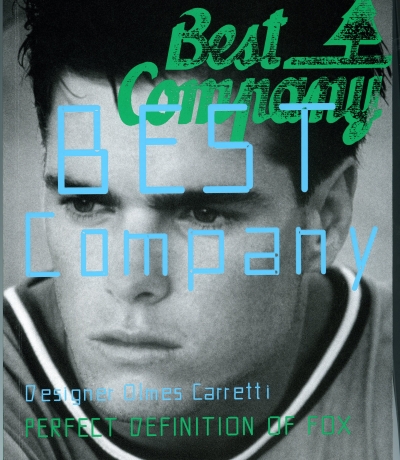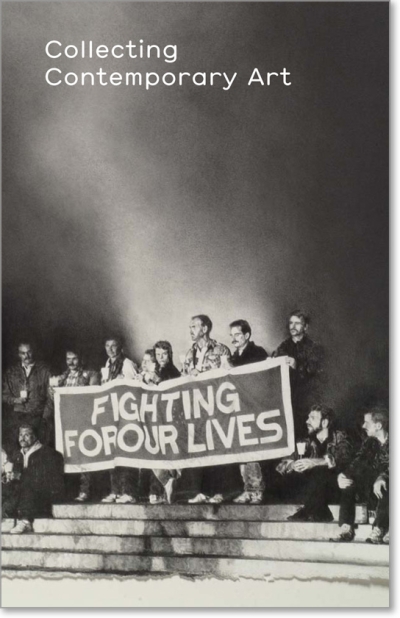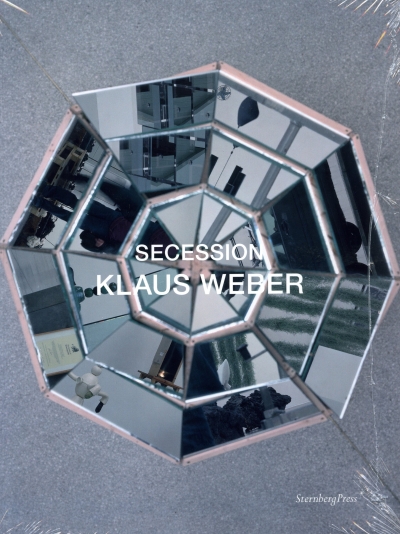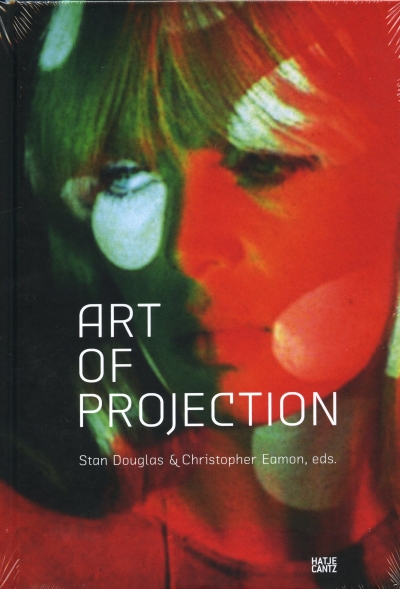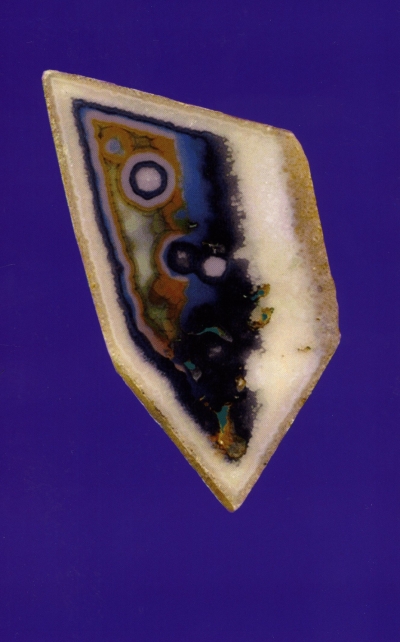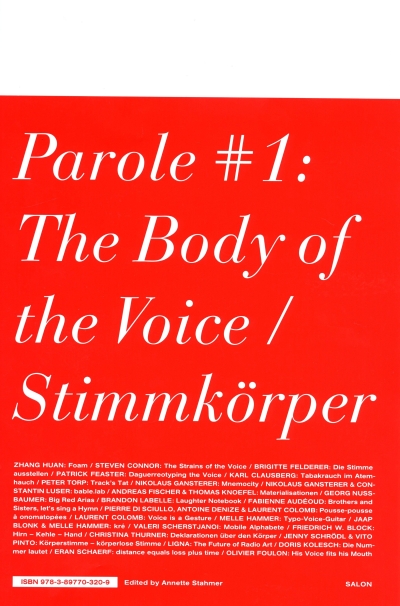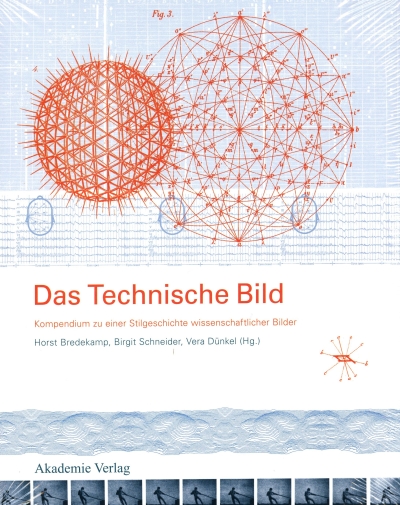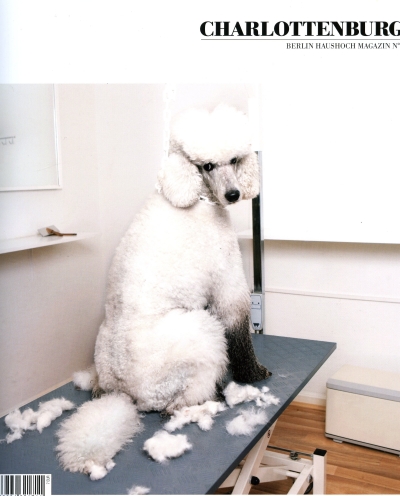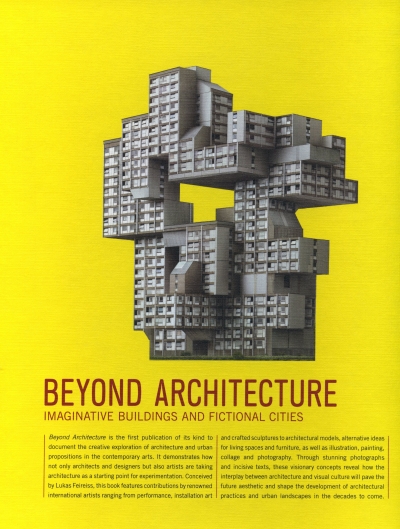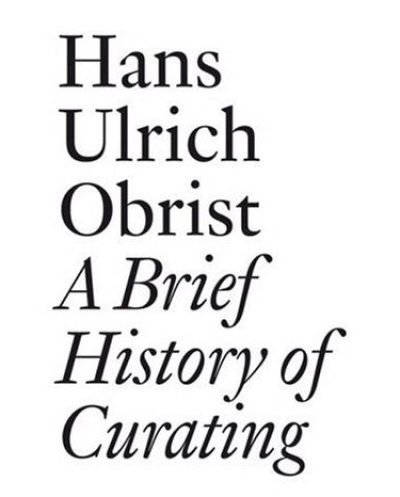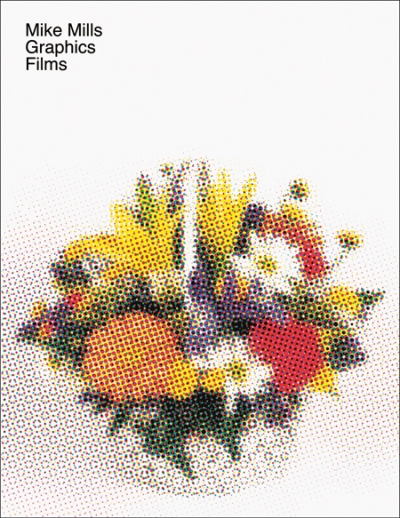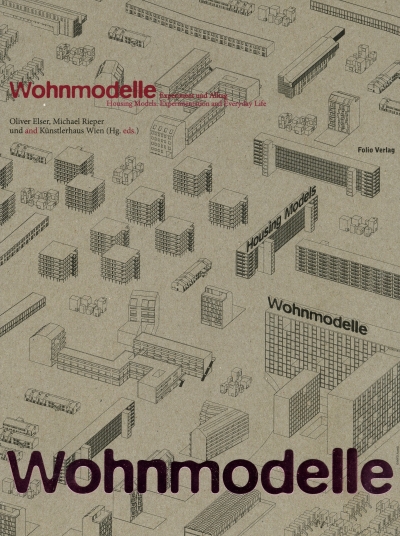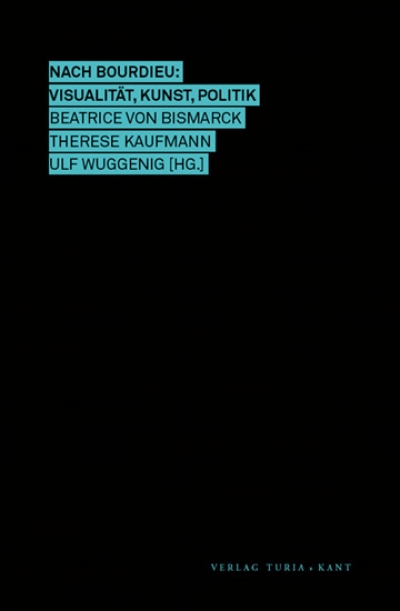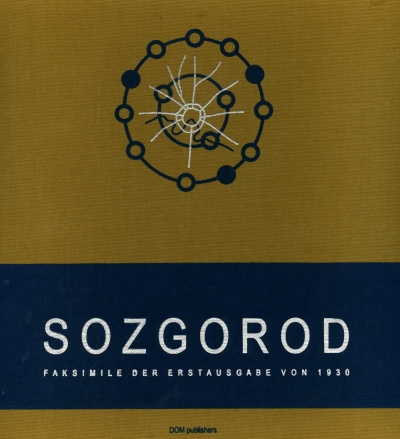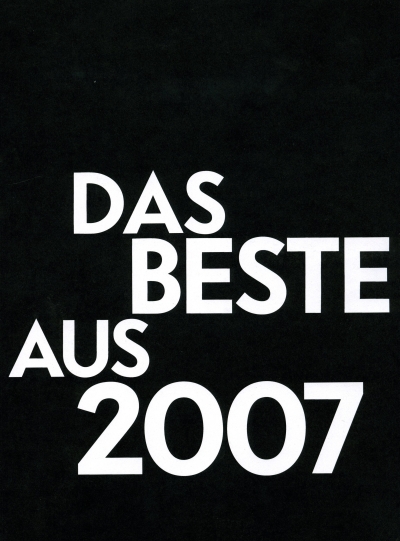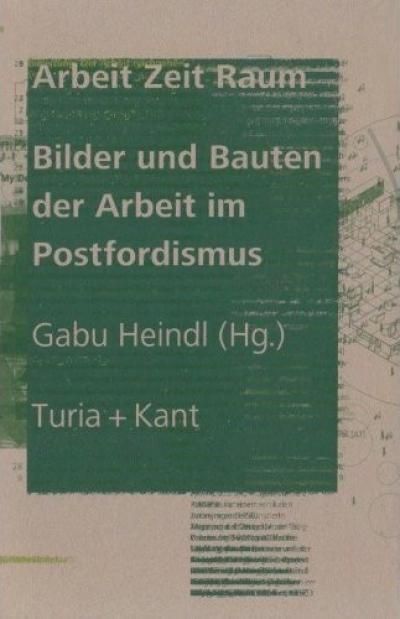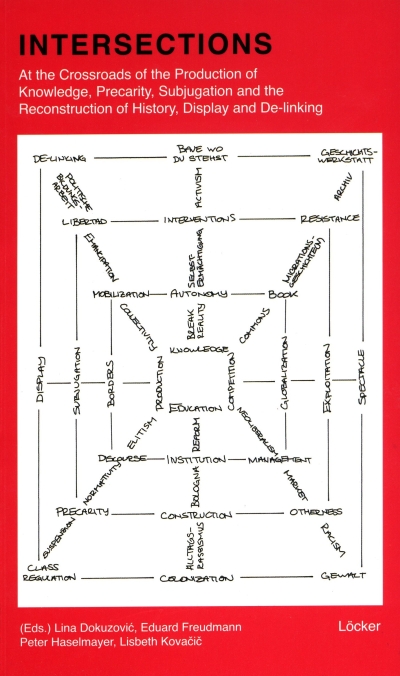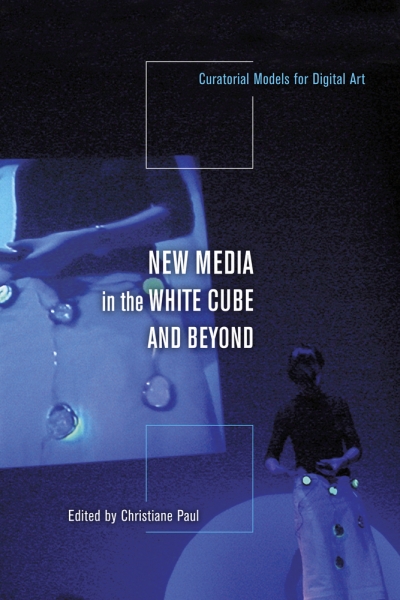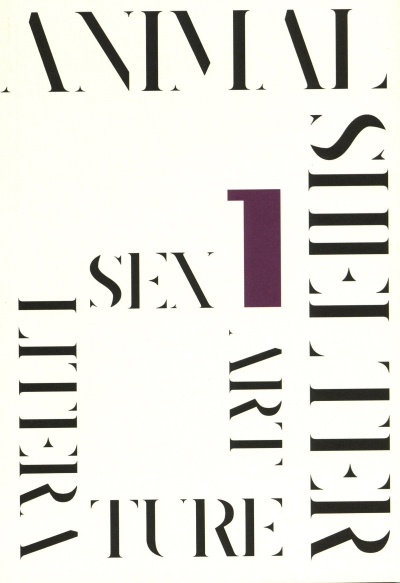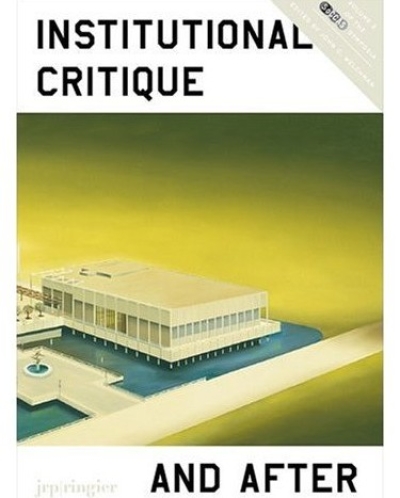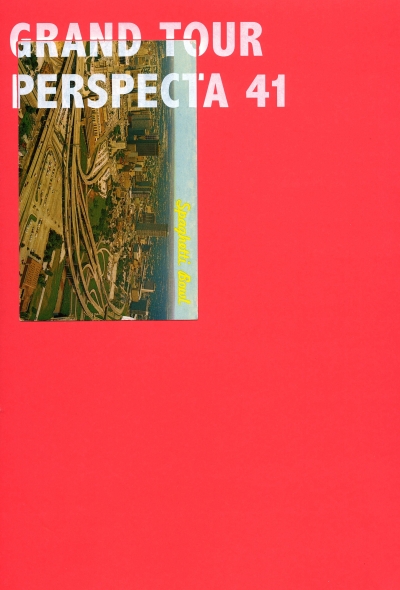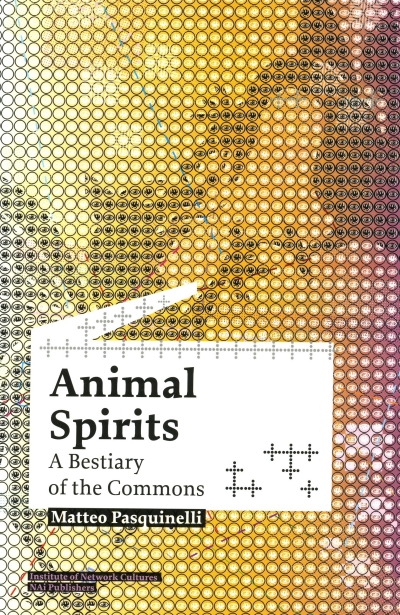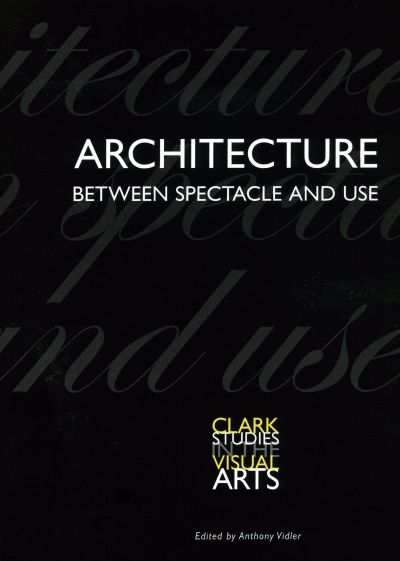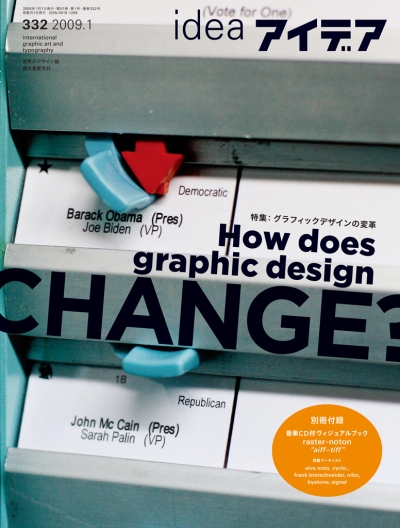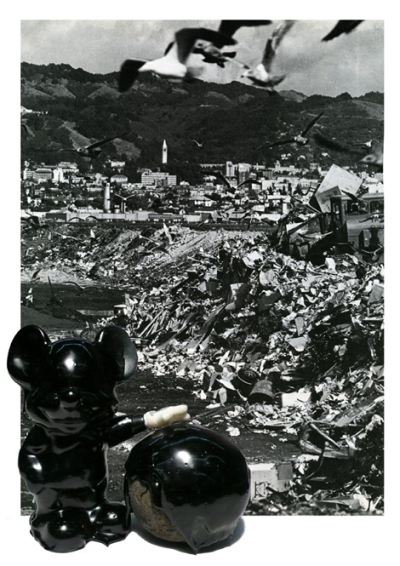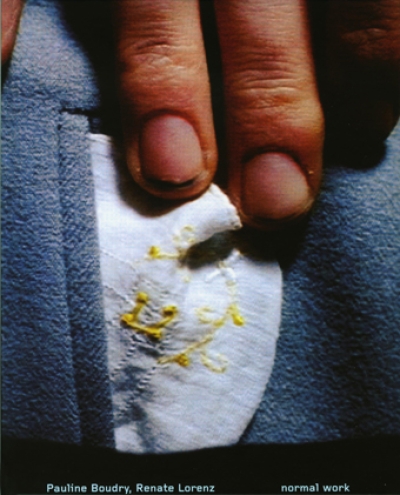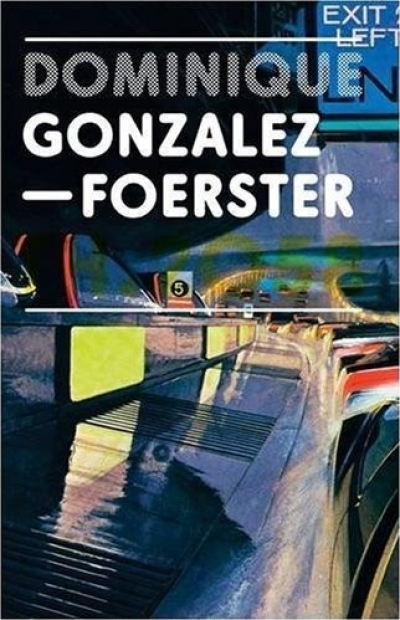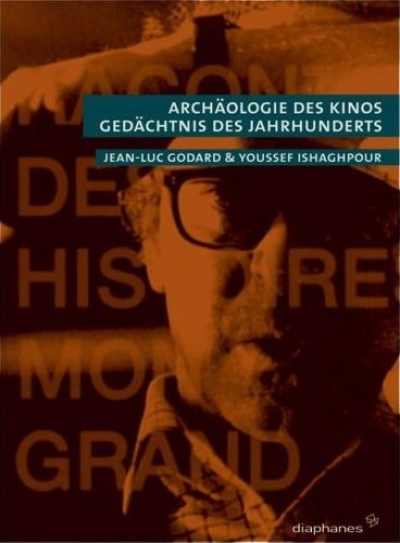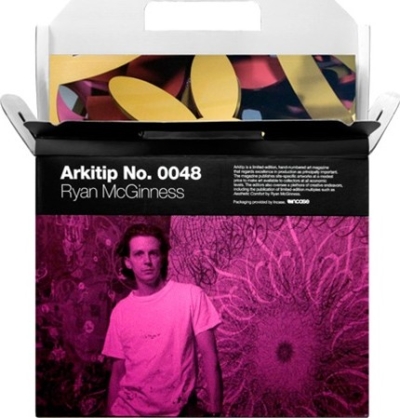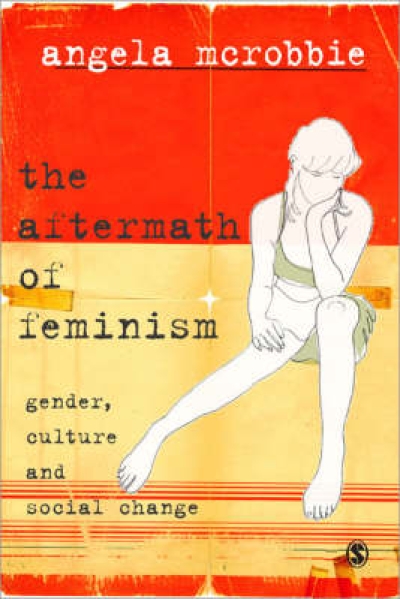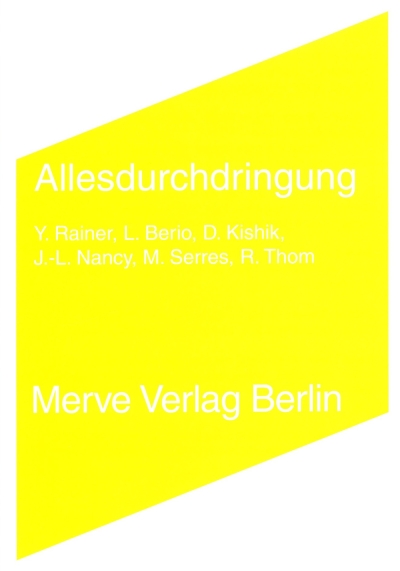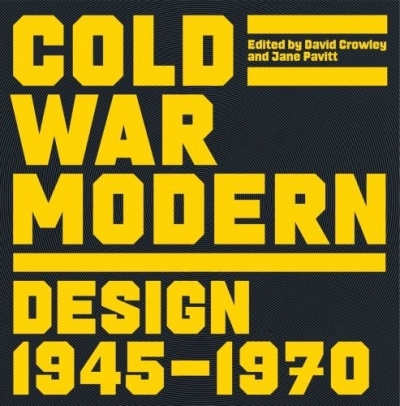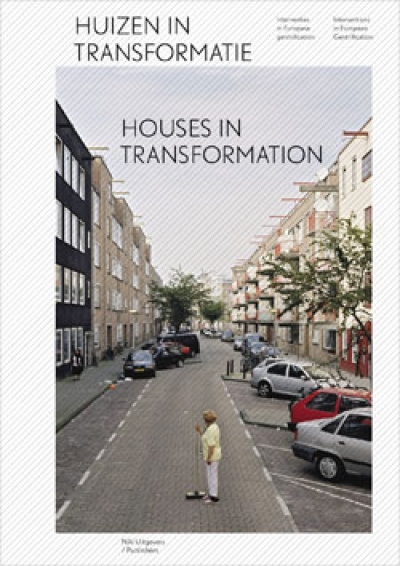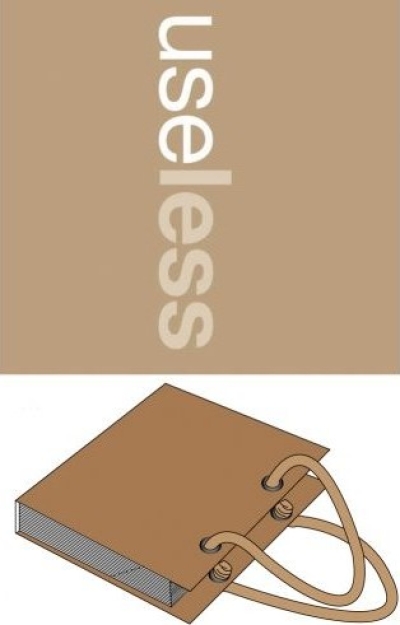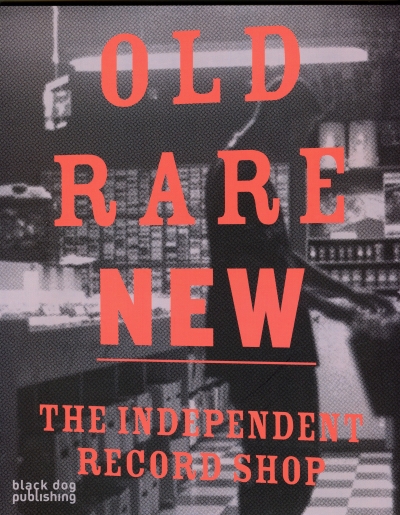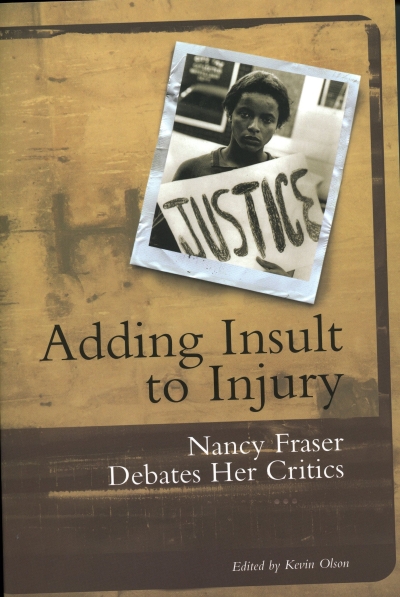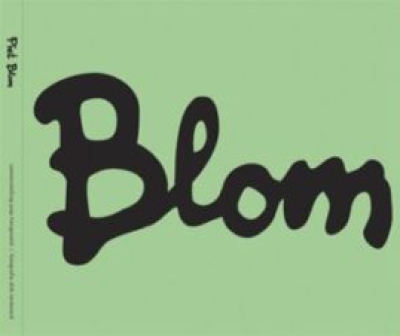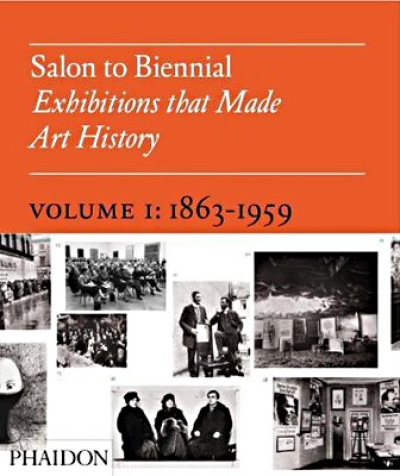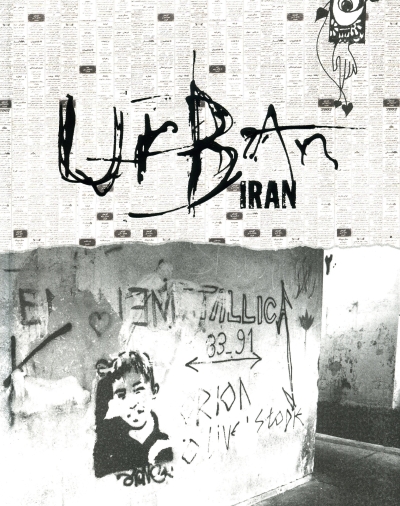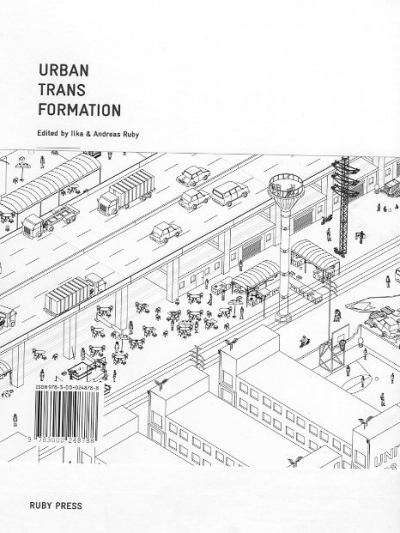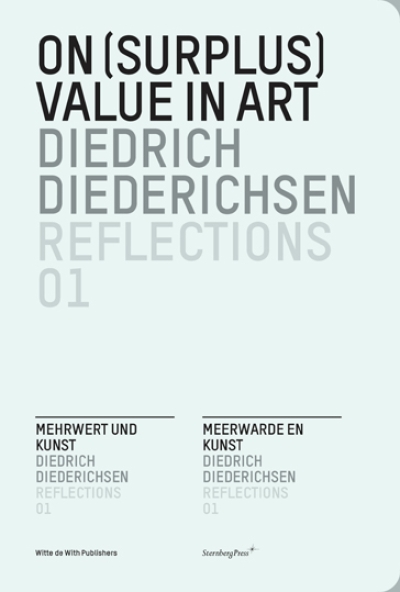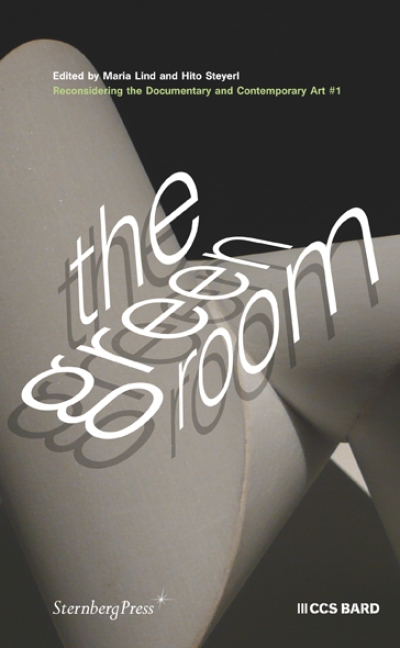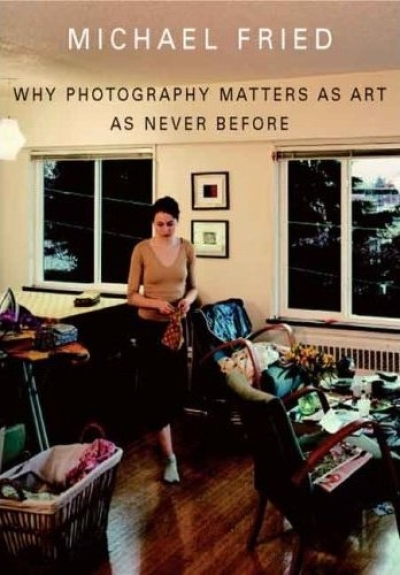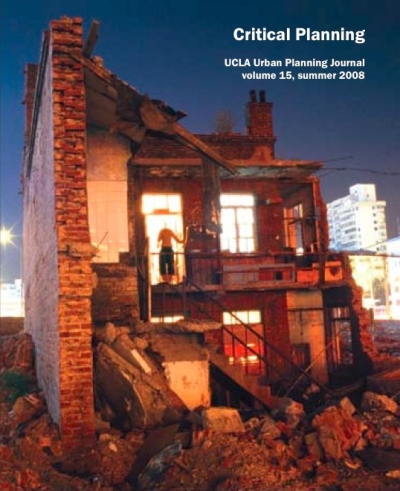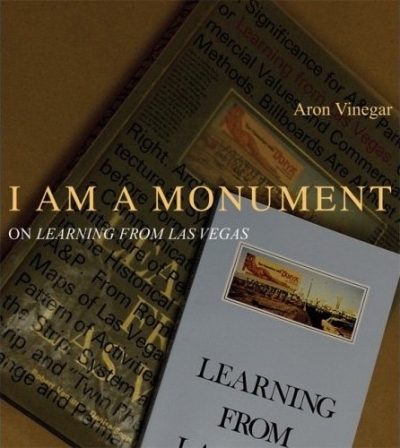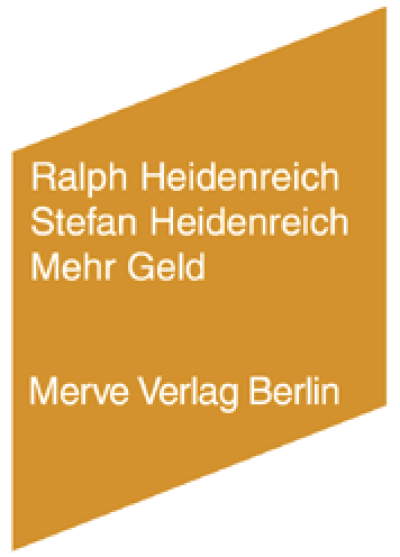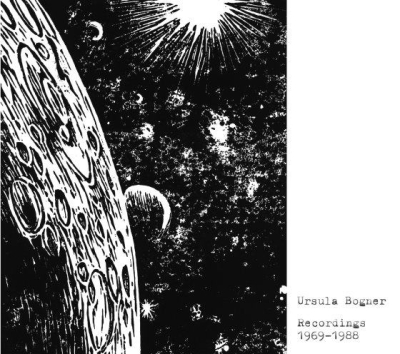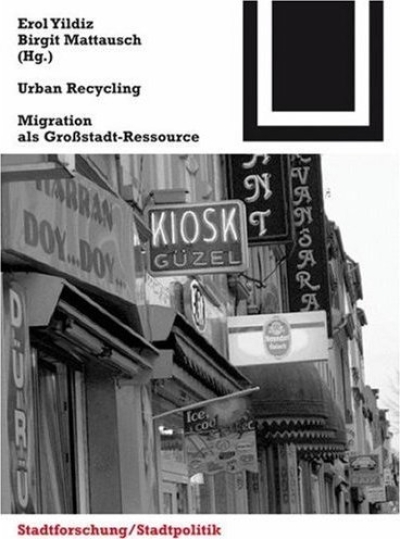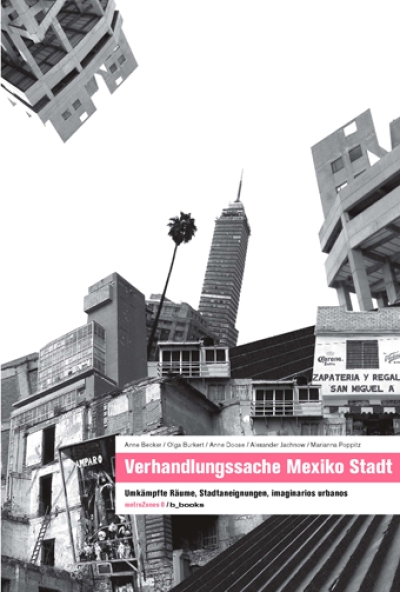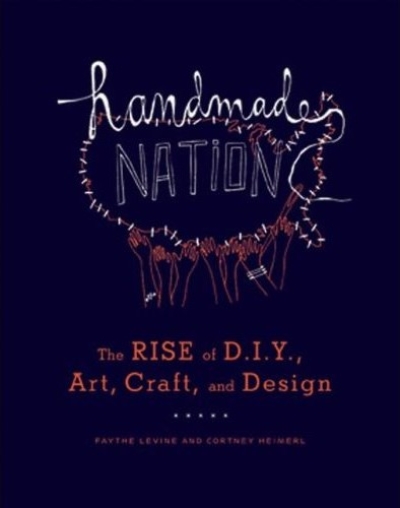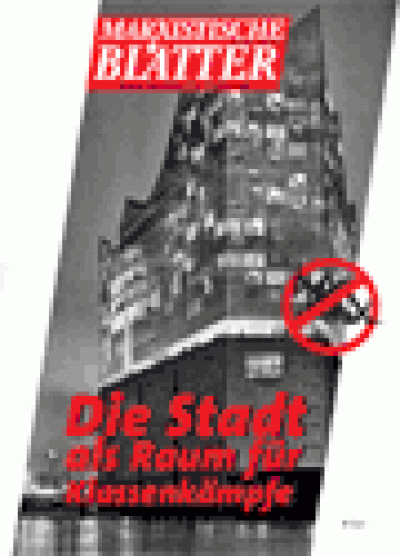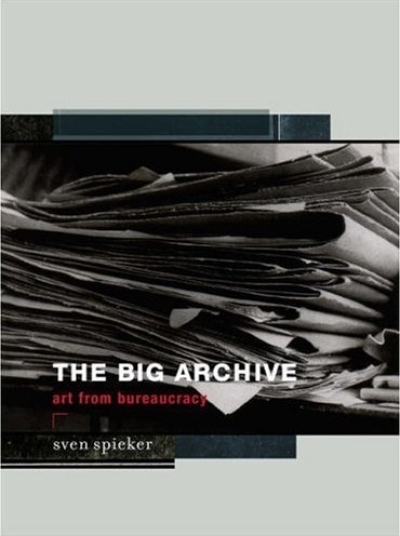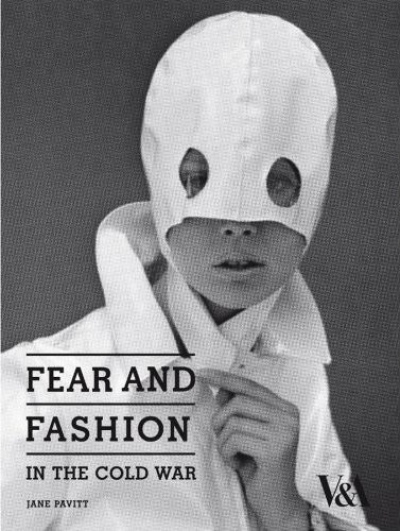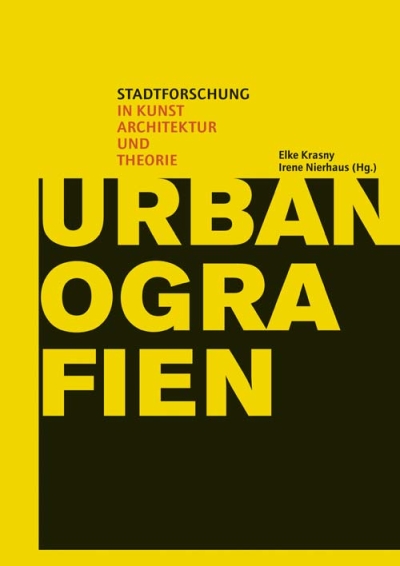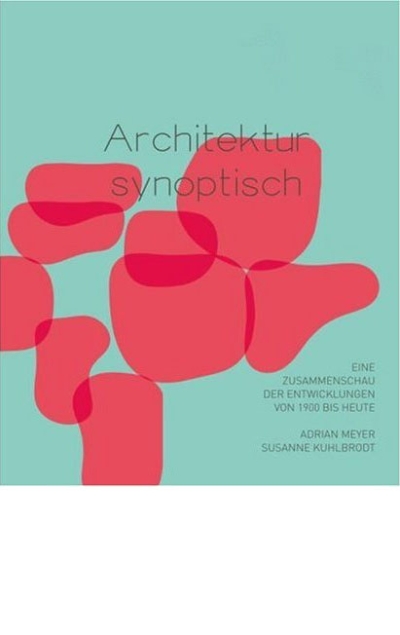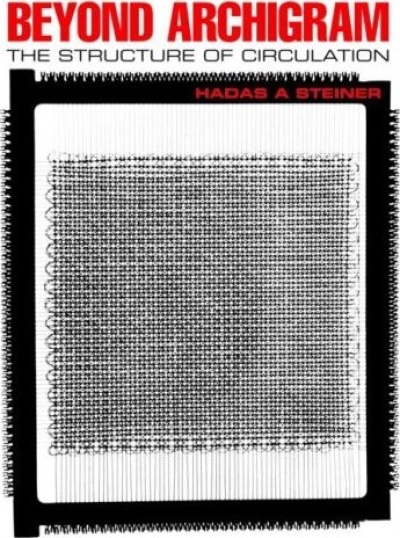
Less but better. Weniger, aber besser
Wenige Produktdesigns sind so haltbar wie die von Dieter Rams. Nahezu alles was der einflussreichste Designer des 20. Jahrhunderts entworfen hat, gilt heute als Klassiker. Die überarbeitete Neuauflage von Weniger, aber besser zeigt einmal mehr warum Dieter Rams Designverständnis auch in Zukunft nicht an Aktualität verlieren wird.
Die Vorstellungen davon, was gutes Design kann, soll und muss, ändern sich stetig mit technischen Möglichkeiten und kulturellen Entwicklungen. Dieter Rams zehn Thesen zum Design befürworten puristisches, beinahe unmerkliches Design und gelten deshalb in Lehre und Praxis als zeitlose Grundüberlegungen: Gutes Design ist innovativ. Gutes Design macht ein Produkt verständlich. Gutes Design ist ästhetisch. Gutes Design macht ein Produkt brauchbar. Gutes Design ist unaufdringlich. Gutes Design ist ehrlich. Gutes Design ist langlebig. Gutes Design ist konsequent bis ins letzte Detail. Gutes Design ist umweltfreundlich. Gutes Design ist so wenig Design wie möglich.
Weniger, aber besser hat nicht den Anspruch, eine lückenlose Rams-Werkschau zu sein oder die vollständige Firmengeschichte von Braun zu erzählen. Vielmehr zeigt dieses Buch, welche Ideen, Kriterien und Methoden hinter den großen Produktdesigns von Dieter Rams stehen und wie sich anhand einer sich wandelnden Produktkultur universale Designmaßstäbe ableiten lassen. Aus Dieter Rams Überlegungen zu Ethik und Werten im Design lassen sich klare Strukturen für zukünftiges Gestalten ableiten. Denn eins hat sich über viele Jahre bewiesen: weniger ist einfach besser.
Few product designs have the staying power of creations by Dieter Rams. Almost everything produced by the most influential designer of the twentieth century is today considered a classic. This new and revised edition of Less but better shows once again why Dieter Rams’s approach to design will be relevant for the foreseeable future.
Ideas of what can and must be achieved by good design are in a constant state of flux as a result of cultural and technological developments. Dieter Rams, however, came up with ten principles that advocate for a purist, almost imperceptible design. These principles are still considered timeless fundaments of design theory and practice today: Good design is innovative. Good design makes a product useful. Good design is aesthetic. Good design is helps a product to be understood. Good design is unobtrusive. Good design is honest. Good design is durable. Good design is consistent to the last detail. Good design is environmentally friendly. Good design is as little design as possible.
Less but better does not set out to be a complete documentation of Dieter Rams’s body of work, nor does it claim to tell the full story of the company Braun. Rather the book explores the ideas, criteria, and methods behind Rams’s creations and reveals how a shifting culture of product manufacturing gave rise to universal design benchmarks. From his reflections on design ethics and values we can distill a clear paradigm for future design—because one principle has remained firm over the years: less is simply better.
Dieter Rams, born in Wiesbaden in 1932, initially studied architecture. He is widely considered one of the most significant industrial designers of the twentieth century. In the more than 40 years that he spent working at the electrical appliance manufacturer Braun, Rams turned out a wealth of pioneering creations that continue to influence designers around the world today. He has also generated a new awareness of the social function of design in Germany.
Jo Klatt is an acknowledged connoisseur and collector of Braun products. For many years he worked at the magazine Design+Design and was the publisher of numerous works, including the first edition of Less but better.
sold out!
